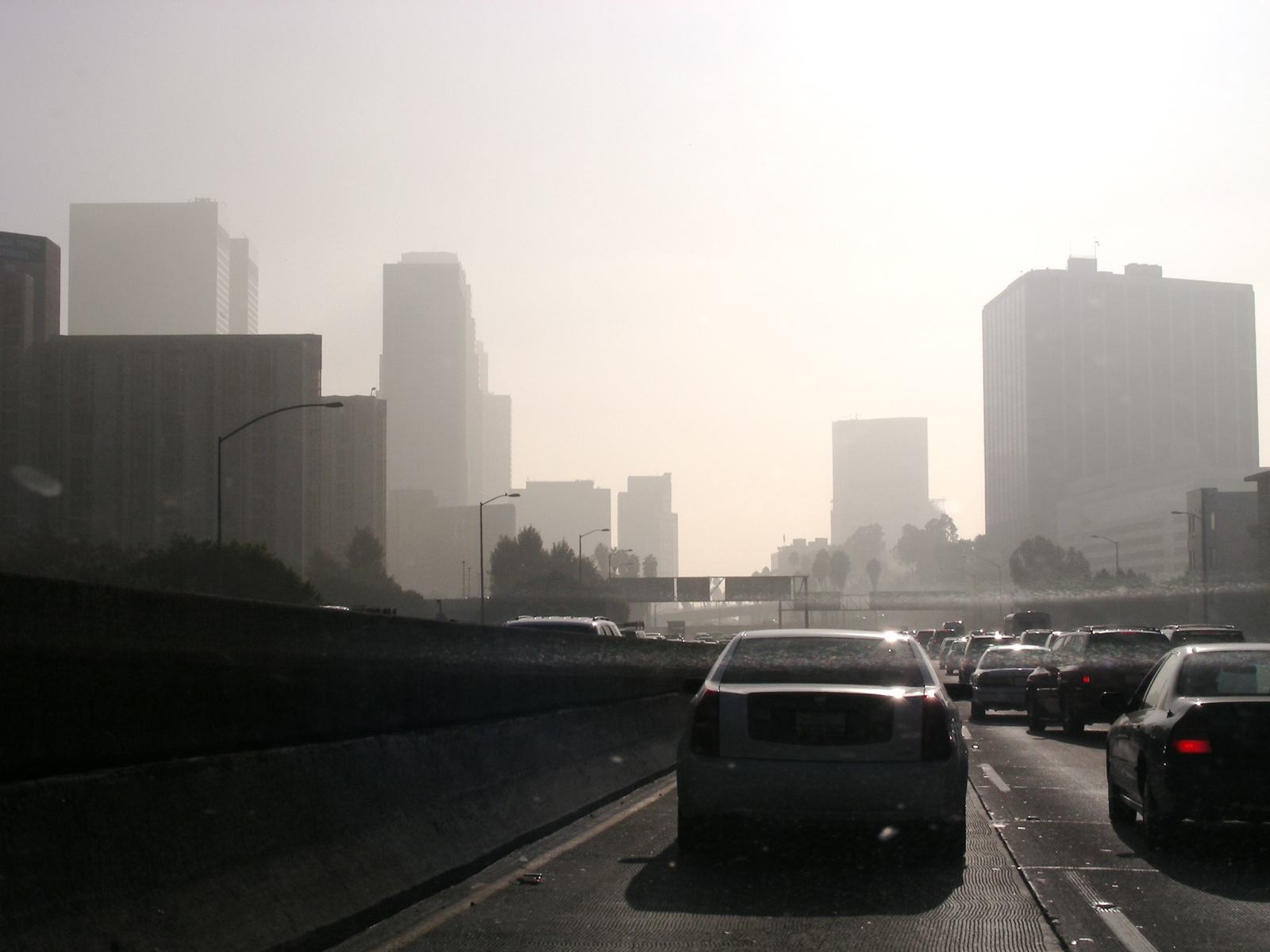When discussing the topic of
sustainable cities, there are several concepts and approaches in
dispute.
Typical phenomenon of a field marked by the polysemy and the controversies over
worldviews competitors in sustainability in the urban space necessarily indicates
the search for the good life. Therefore, it is matter for policy definition,
both in its reference to the forms of living together in the polis, the city,
as the very essence of world view and ideologies that lead. Contrary to the
technicist and managerial views on the urban space defend unfortunately also
present in the disputes over the meaning of sustainability, not just a grouping
of best practices, strategies and managing resources used for the preservation
of the environment in cities.
In this tangle of views, debates
and conflicts, the lack of a monolithic and closed conception of what are to be
sustainable cities, contrary to what many social and environmental activists
can imagine, is not a problem or a supposed step of an even first years of a
world view that one day will become precise, delimited, hegemonic and
definitive. On the contrary, the wealth of opinions and options is the result
of one of the most important components of sustainable development, which often
goes unnoticed by those who focus their lenses on the nature and forget that
environmental conservation is always a matter of the encounter between "
animals, plants and people, "the component of democratic freedoms and the
establishment of public interest. So the ways of sustainable development in
cities are many and lead to many "Roma", to many cities.
The sustainable city is based upon
some pillars. The first is the belief that the concept of sustainable
development is better than that of sustainability, as it indicates that it is
continuous process and connects to other discussions about development that
marked and mark the debates in society on the good life and the interest
public, also present in rich polysemy of adjectives for development: economic,
local, urban, community ... When working with the concept of sustainable
development as a guide to the understanding of reality and social intervention
is continued on the same track discussion development and not lose the progress
that sustainable adjective has managed to rally despite suffering with hard
misunderstanding scams, little creativity, cowardice and vested interests that
insist on taking advantage of it.
In addition, it should be noted
that sustainability, however fashionable it is, is not cities attribute. There
are no sustainable cities! There are cities that develop dynamic favorable, but
must always be continuous and redone, and improved towards sustainable
development. No use sustaining the environment of a city and its surroundings
be degraded. Incidentally, this is not likely to occur. Similarly, contrary to
what the fashion discourse loves defend, there is no sustainable business,
sustainable leadership, and sustainable practices, there yes organizations,
people, attitudes and actions that contribute to the sustainable development
process and those do little or nothing and even those who oppose it.
Sustainable development does not represent a final step in a long journey of a
city, a company, a leading, in which it reaches sustainability, but in the very
walk ad infinitum, always walk, always effort, ever more demanding and always
before new challenges for society, even as the nature and communities are
changing toward the good life and let other beings and things and live and
exist.
It should be noted also that the
idea of sustainability has never been only preserve the environment, since
Ignacy Sachs helped formulate the concept of eco-development, which then turned
for the worse, admittedly, in sustainable development. Using the ideas of
Ignacy Sachs, one can understand that sustainable development is always in a
territory and therefore varies from one location to another, with no
sustainable development, but sustainable development processes in different
cities. And for it to be achieved, Sachs argues that popular participation is
essential, as the defense of the environment is not maintained in low popular
participation contexts, restriction of democratic freedoms, autocratic
limitation of press performance, reduced transparency and social control fragile.
This researcher also believes that sustainable development must be based on the
reduction of social inequalities and poverty, as people in vulnerable
situations are more likely to victimize with environmental tragedies and to
give vent to environmental degradation processes to ensure their survival while
groups that has very high income from the average of society can develop a
lifestyle based on exaggerated and unnecessary consumption, which makes
reference to other social groups, spreading lifestyles little or nothing
compatible with sustainable development . In short, sustainable development is
closely connected with the way of life of communities, thus also a cultural
expression of different social groups that make up the cities. Finally, he
operates within the so-called green and inclusive economy, one that develops in
bases that protect the environment and help mitigate economic inequalities,
social, political and access to the environment.
Various fields of knowledge, as is
well known, intersect in the construction of environmental knowledge, as
advocated by Enrique Leff. In the field of so-called social sciences and
humanities, the study of traditions Urbanism, Economics, Law, Public
Administration, Social Sciences, Anthropology, Political Science and
Administration jumble together offering multiple approaches and perspectives
that must be rescued and put into action and dialogue to promoting sustainable
development in cities. In this melting pot, must be present regional and urban
planning, the study of urban lifestyles and sociability, public policy
analysis, the discussion on the expansion of citizenship and the dynamics of
participatory democracy, the right to housing, mobility and the land
regularization in urban areas and a number of other issues, approaches and
traditions of studies that have as an object of analysis and desire cities.
At a time when cities also receive
numerous adjectives ranging from competitive cities, where one of the
emblematic cases is Barcelona, through the smart cities, digital, democratic,
innovative to reach the resilient cities, sustainable cities can become just
more a very abstract goal in an ocean full of possibilities, with many risks of
starvation before so many action spots, scattering efforts and struggles. The
art and mastery behind the construction of sustainable development processes in
the cities is to achieve the difficult but necessary balance between plurality
of paths and action fronts and convergence efforts, energy and advances in life
forms and urban living.
But as always the question lingers,
especially by the avid reader to engage in urban social and environmental
battles, how to effectively promote this utopia as necessary, urgent and
possible to be earned, even if with difficulty, the more robust diffusion of
sustainable development in your city, it list some major action fronts.
Sustainable development in Brazilian cities operates necessarily by: a)
increase opportunities for public participation in the discussion on ways to
develop and intersectional partnerships, i.e. between governments, civil
society organizations and companies that are not captured by the stronger
partners and by private interests disguised as public; b) economic momentum
that small innovative enterprises in environmental socially flourish with fair
credit and generate employment, income and fair working conditions, alleviating
poverty and reducing income differences within the urban space; c) promote
public policies that contribute to public transportation at the expense of the
individual; d) increased access to parks, gardens and nature not only for those
who have income, status and power in the cities; e) appropriate treatment of
water policy able to effectively mitigate problems of floods or shortage for
the poor; e) reducing the levels of air pollution; f) dissemination of
environmental education able not only to inform and raise awareness on urban
environmental problems, but to change attitudes and postures in the day-to-day
reality of the cities; g) expansion of urban sanitation for all, especially for
remote communities; h) promotion of encounter and shared living between
different groups that make up the urban space, bringing to flower diversity in
its different dimensions in the concrete of the same place, as opposed to
segregate them in popular neighborhoods, suburbs and ghettos; i) diffusion of
cultural expression of peripheral populations, fighting the "environmental
racism"; j) promoting shared forms of access and management of public
housing in opposition to the lobby of urban real estate interests; l) greater
culture of transparency, accountability and social control; m) implementation
of the National Solid Waste Policy, without any concession is made for business
dynamics eager to delete the wealth generated by the garbage recyclers now and
spread incineration technologies, proven detrimental to the environment and
human health.
How many roads lead to sustainable
development and how it is changing almost everything at once now and promote on
Earth the "City of God" St. Augustine, one can start with one step at
a time. Therefore, we need to flourish in cities not only the beautiful and
contagious spirit of indignation against the ills of public policy and politics
in Brazil, but also a multitude of civil society organizations, working in
multiple fields of promoting sustainable development in urban space, driven by
an indignation which results in works, actions, bigger and better discussions,
bigger and better questions and controversies, which plated on democratic soil,
may lead to better ways to live well in the cities if they are always watered
by the commitment with the public interest.
 As we discussed in the last classes of Green Communities one of the things that unfortunately is very present in our lives, in our homes and in our cities is the dumb design (whose name is self-explanatory).
As we discussed in the last classes of Green Communities one of the things that unfortunately is very present in our lives, in our homes and in our cities is the dumb design (whose name is self-explanatory).














